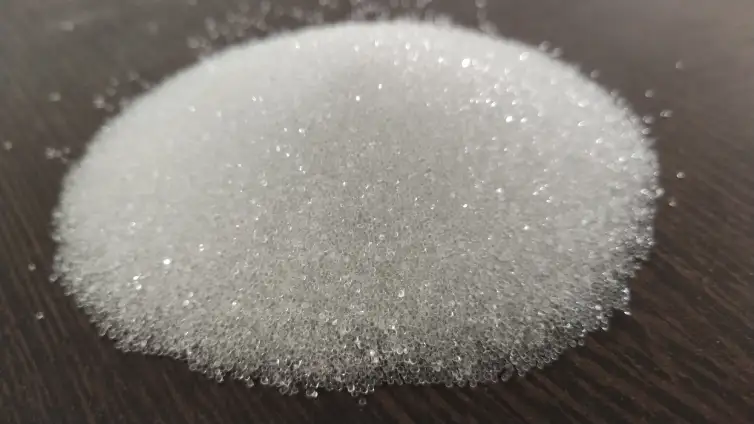Products

*Price Range - Rs 10-100 per/kg
4.0 Star Rating by our Precious Clients



We are one of India's leading producers and suppliers of glass beads in various sizes such as A, B, C, AQ, AI, AH, 2mm, 3mm, 4mm, 6mm, and blasting machines such as pressure blasting machines, open blasting machines, and wet blasting machines. Glass Bead GB 140/170, as well as glass beads such as copper slag, plastic media, abrasive grits, walnut shell, and glass beads of various sizes of not top-notch quality at a very inexpensive price are manufactured by us.
Glass Beads Abrasive with their hardness and spherical form can remove impurities and metal oxides without damaging the treated surfaces. Glass does not react chemically with other materials so that the microbeads do not create any corrosion on the treated surfaces with no deposits of foreign substances.
| Grade | A |
| Designation | AG |
| U.S Mesh Size | 120-170 |
| Maximum Nominal Diameter | 0.0041 in 106 microns |
| Minimum Nominal Diameter | 0.0021 in 53 microns |
| Maximum Percent Round | 85% |
Glass Bead GB 140/170, in general, are notable for a variety of characteristics that lend themselves well to archaeological examination: ubiquity, durability, abundance, and heterogeneity. The attribute diversity inherent in each object—material, size, colour, opacity, shape, production process, post manufacturing modification, and chemical composition, to name a few—is analytically helpful for glass beads in particular.
When looking at the glass bead GB 140/170 distributions throughout India, one notices a significant degree of temporal and geographic uniformity despite the range of formal and technological features.
The variety of characteristics, together with the redundant patterning, clearly argues that glass bead suppliers are viable markers for human behaviour in ancient contexts— something that has already been proven by Possehl (1981) and Kenoyer et al. for semi-precious stone beads in South Asia. Glass beads, like stone beads, contain information about the people and cultures who made them: the artisan communities who made them, the mercantile and other networks that transported them across regional and interregional landscapes, and the populations who used them as ornament, symbol, decoration, status marker, or currency.
Stainless steel shots that have been glass-bead blasted have recently been used in a variety of applications in architecture and machine design. Glass-bead blasted stainless steel has a worse corrosion rate than ground stainless steel if chloride can build on the surface. Electrochemical, topographic, and roughness experiments are used to characterise the corrosion behaviour of glass-bead blasted stainless steel.
The results of big glass-bead blasted stainless steel will be compared to those of ground, structure rolled, sand-blasted, and electropolished stainless steel. It is demonstrated that not only the roughness parameter Ra, but also the shape of the valleys and peaks produced during various surface treatments, have an impact on corrosion behaviour. The research resulted in recommendations for how to use these resources in practice.
